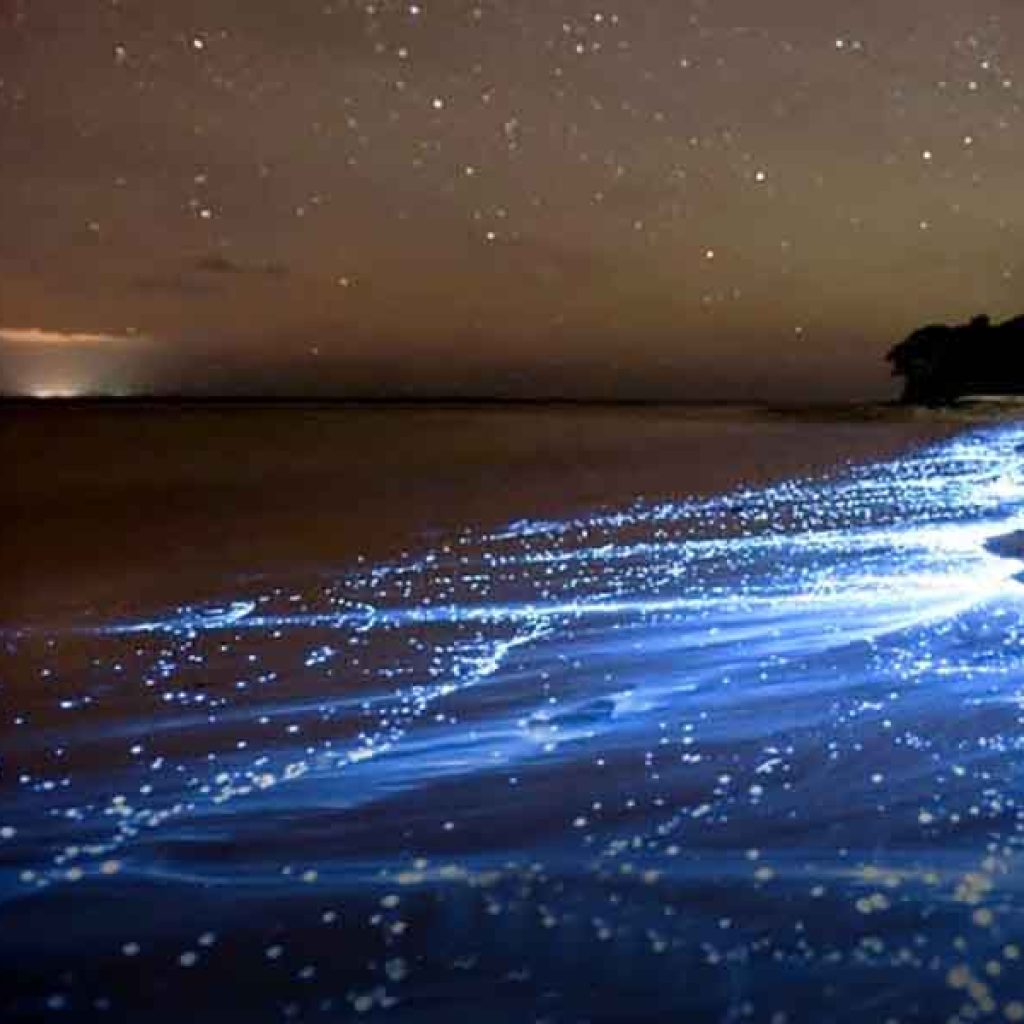This island is situated in the Hormozgan province and is located in the Strait of Hormuz, making it a highly strategic location. It has been a major control center for this route since ancient times, due to its position on the Silk Road. Fossils discovered on the coast of Qeshm reveal a civilization that dates back 400,000 years. The island reaches from Bandar Abbas in the north to the beautiful Hormuz Island in the northeast, Lark Island in the east, Hengam Island in the south and Greater Tunb Island in the southwest. Its easy access to other tourist and strategic islands further emphasizes its importance. The city of Qeshm is located at the eastern end of the island, closest to the Strait of Hormuz, with a distance of 20 kilometers to the Sarbandar neighborhood of Bandar Abbas. The nearest distance to the main beach, on the northern tip of the island in Bandar-e Laft, is 1800 meters away at the Bandar-e Pol in Khamir. The island was previously dominated by the Portuguese, Dutch, and British, but it is now under Iranian authority. The island is between 115 and 125 kilometers long, and its width varies along this distance. Due to its proximity to the equator and the sea, the climate in this region of Iran is tropical and has high air humidity. The local language of Qeshm is a blend of Persian, Arabic, Hindi, and English. The majority of Qeshm's population comprises Sunni Muslims.
Vegetation of Qeshm
The largest vegetation cover in Qeshm consists of mangrove forests that stretch across an area of 2,000 square kilometers. The plants on this island are adapted to dry, hot conditions and require moisture during the summer. Other plant species include mesquites, gum Arabic trees, jujube trees, and tall palms. The animal cover is made up of migratory birds, bats, reptiles, porcupines, rabbits, and foxes. The Jubir deer, also known as the Iranian gazelle, is an endangered species found on this island.
Where to go?
Qeshm Island boasts many tourist spots, and one of the most unique geological wonders is Stars Valley. With a history spanning over two million years, this valley is a magnificent sight to behold. It is listed amongst the seven wonders of Qeshm and is a mystery as well as an attraction. The valley consists of sharp cones, huge columns, and high walls, which are rare natural features. This valley is formed due to the erosion caused by seasonal rains, surface water, and strong winds. Each column of the valley has many layers and holes, which allow air to pass through easily. This unique feature has led to Stars Valley being registered as a part of Qeshm Geopark in the UNESCO heritage. The valley is the only geopark in the Middle East. What makes this valley even more interesting is that the walls are made of two completely different materials. The lower section of the walls is a thick and almost soft layer of cream to light gray color, while the upper section is thin and hard and has a white to gray color, which makes it look dark.
Hormuz
Hormuz Island is a stunning island located in the Persian Gulf and is known for its natural and historical attractions. It is one of the few places in Iran where tourists are not allowed to enter by vehicle. This has helped in preserving the pristine and untouched nature of the island.
Some of the attractions in Hormuz
The island of Hormuz boasts endless natural and historical beauty. Some noteworthy sights include:
Red Beach
The reason why Hormuz Island has red soil is because of the high concentration of minerals in the ground. The red soil is visible throughout the island, and particularly prominent around the area where red clay is mined. One of the most popular attractions on the island is Red Beach, which is located near the red clay mines. Many tourists flock to this part of the island to enjoy the beautiful scenery and take in the unique red soil landscape.
The valley of the Statues
Hormuz Island is over several hundred million years old, which doubles the geological value of the soil in the area. One of the most peculiar natural attractions on the island is the Valley of the Statues, which draws tourists interested in exploring mysterious natural wonders. The Valley of the Statues can be found next to the Persian Gulf. The proximity of this rocky beach to sea water and erosion over the years has resulted in the formation of various shapes in the rocks of this region. Presently, the valley is comprised of rocks that resemble eagles, birds, and other animals.
